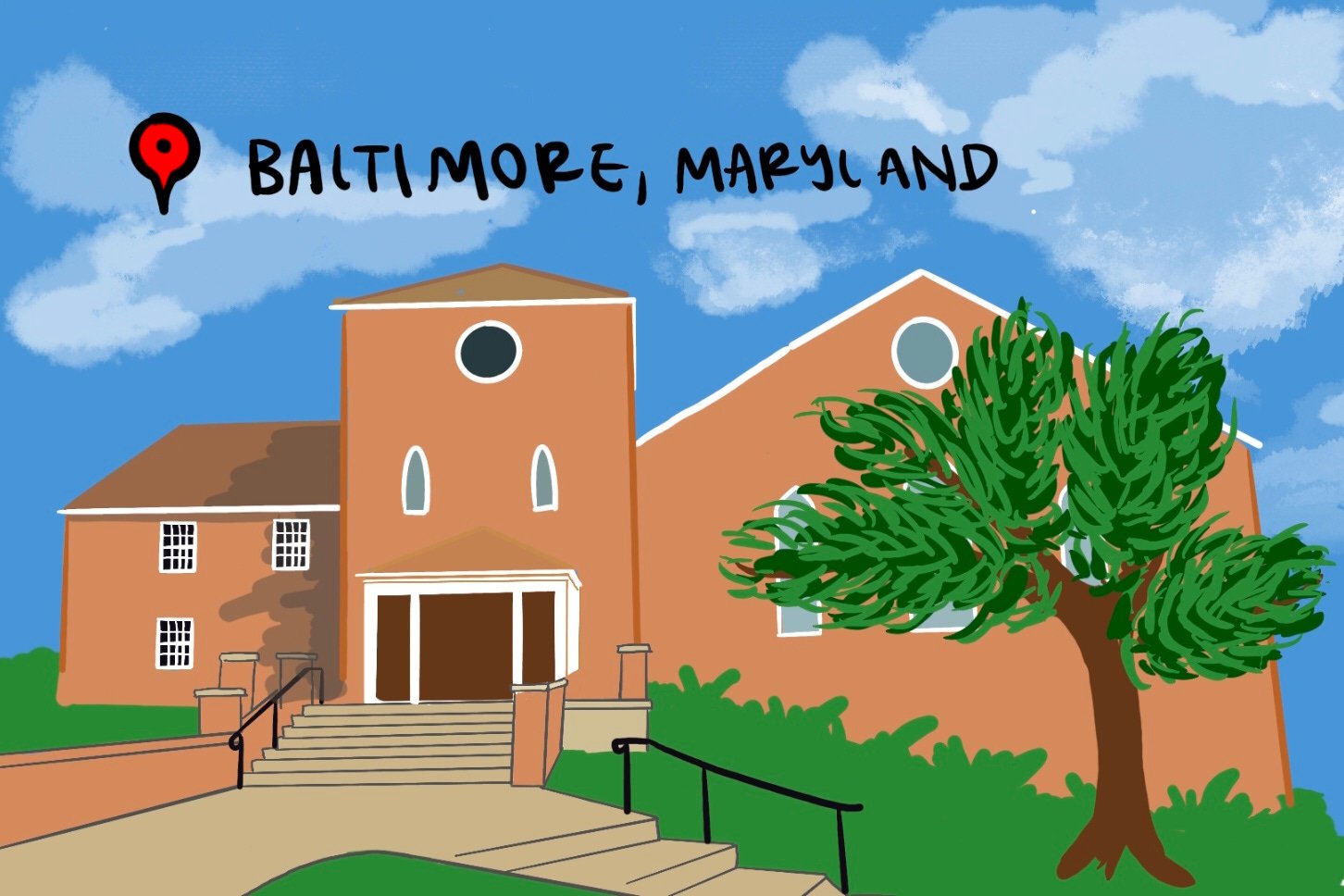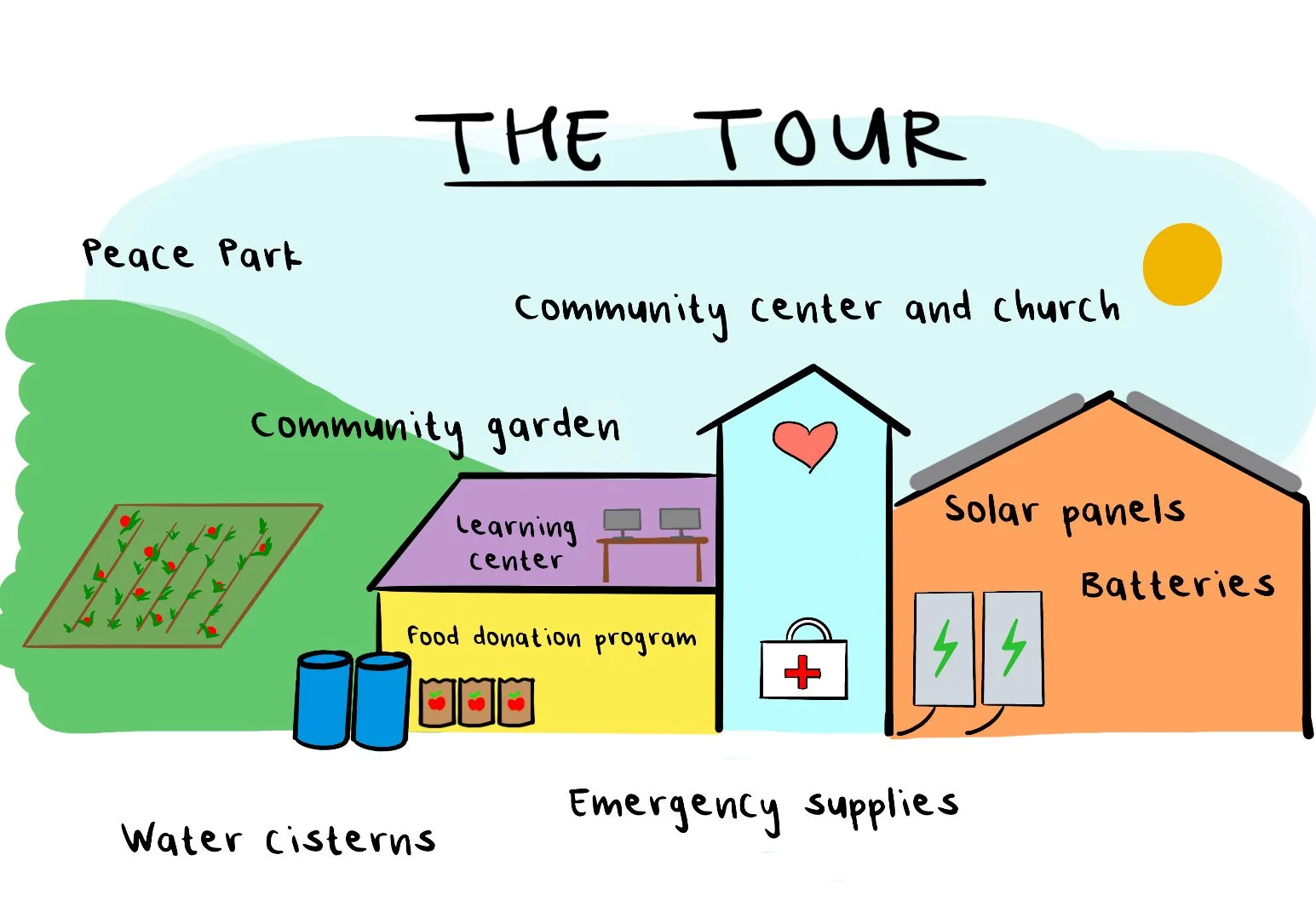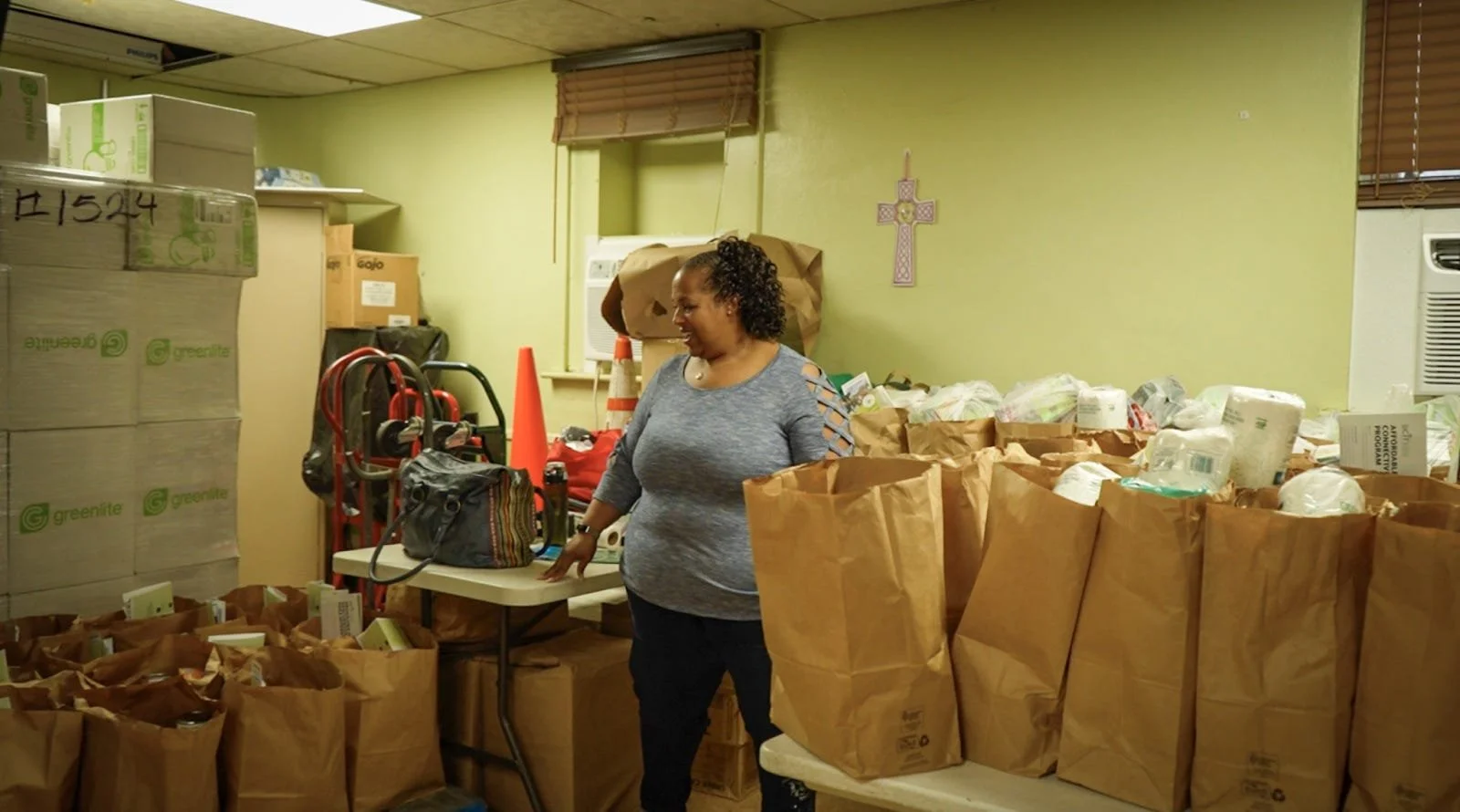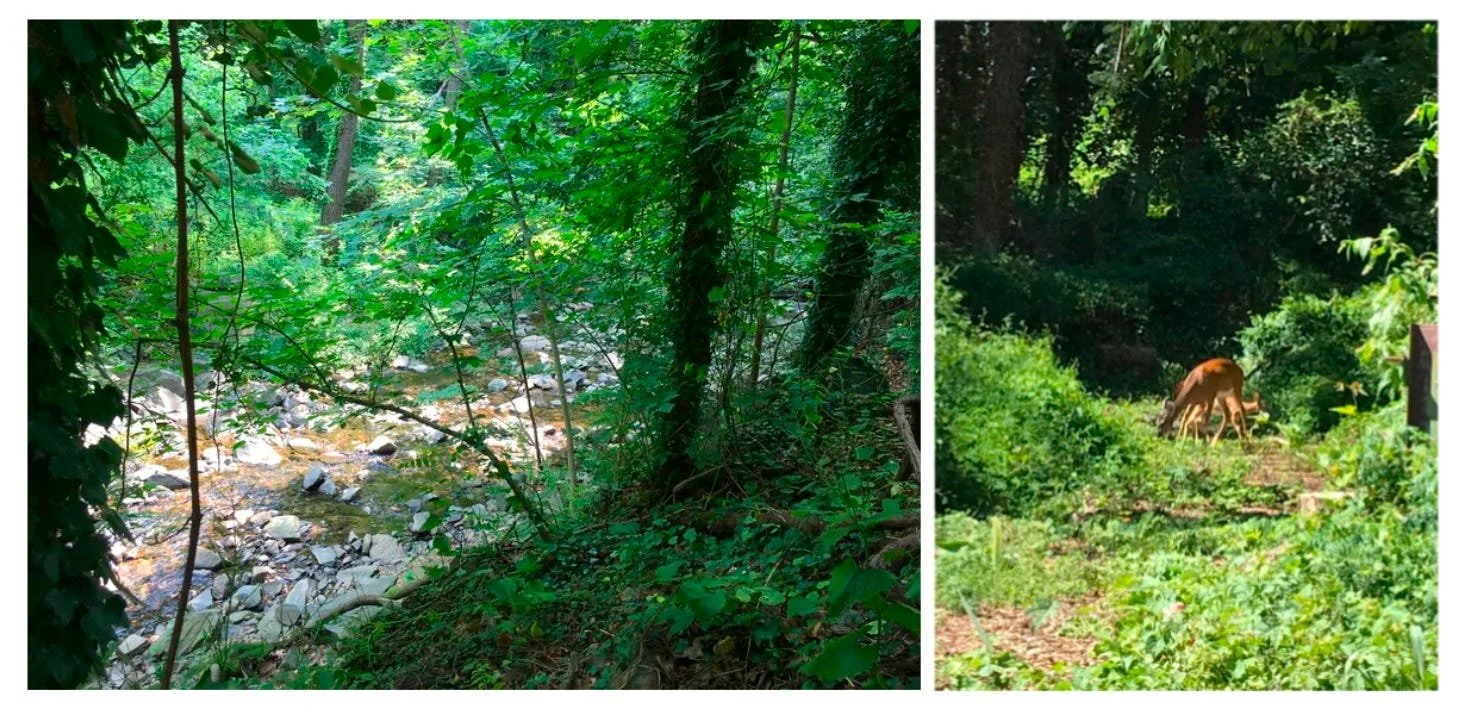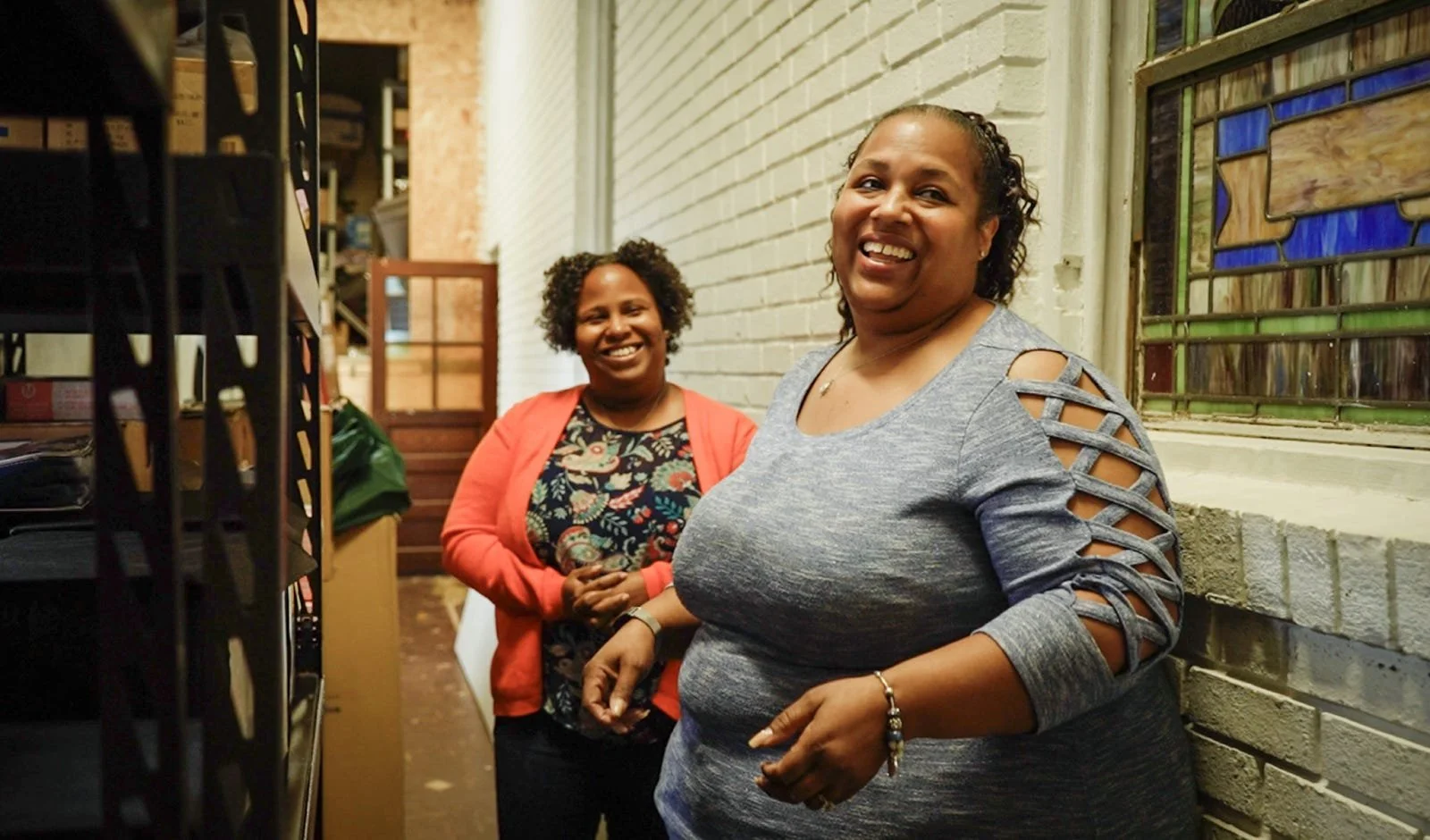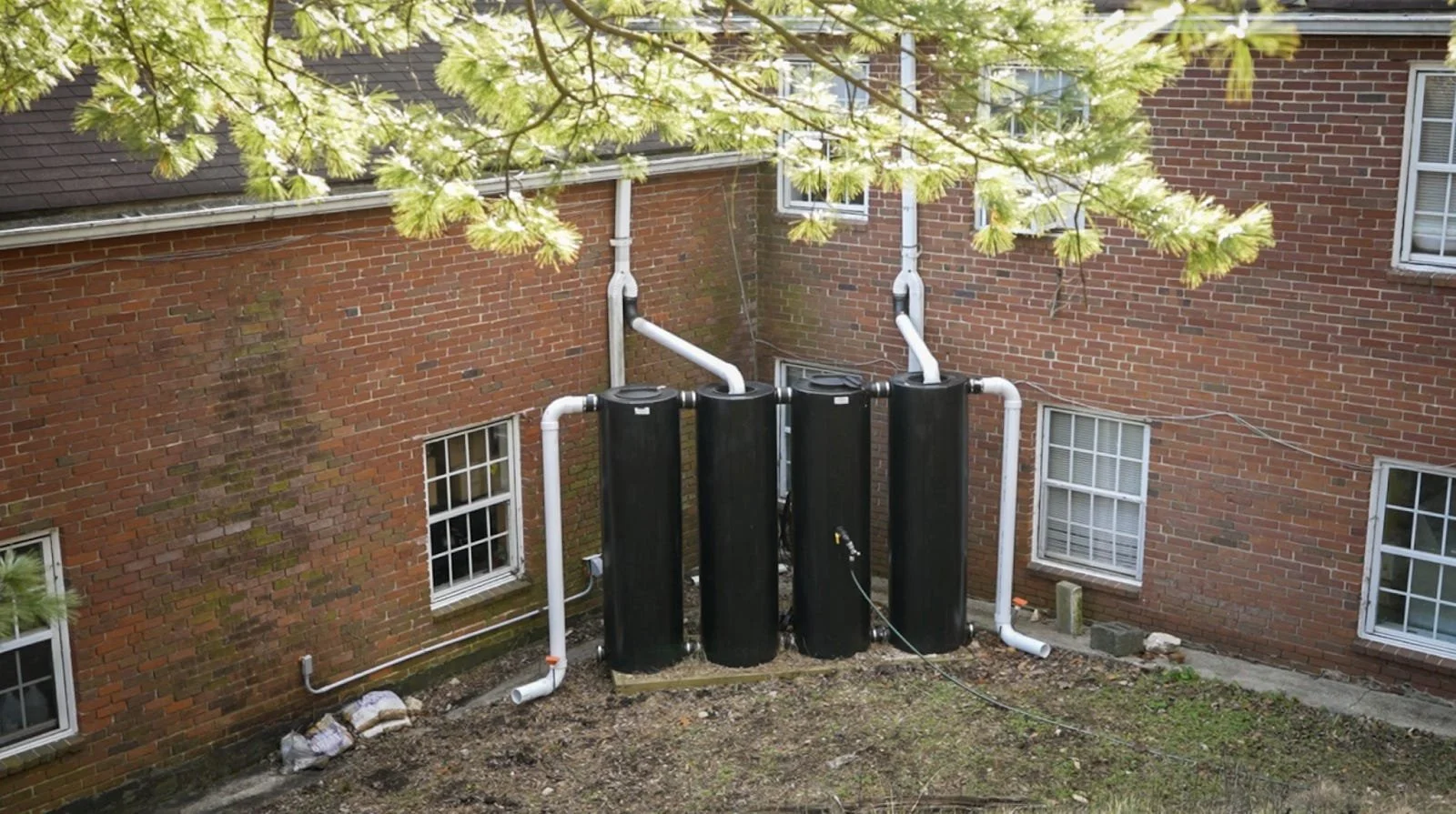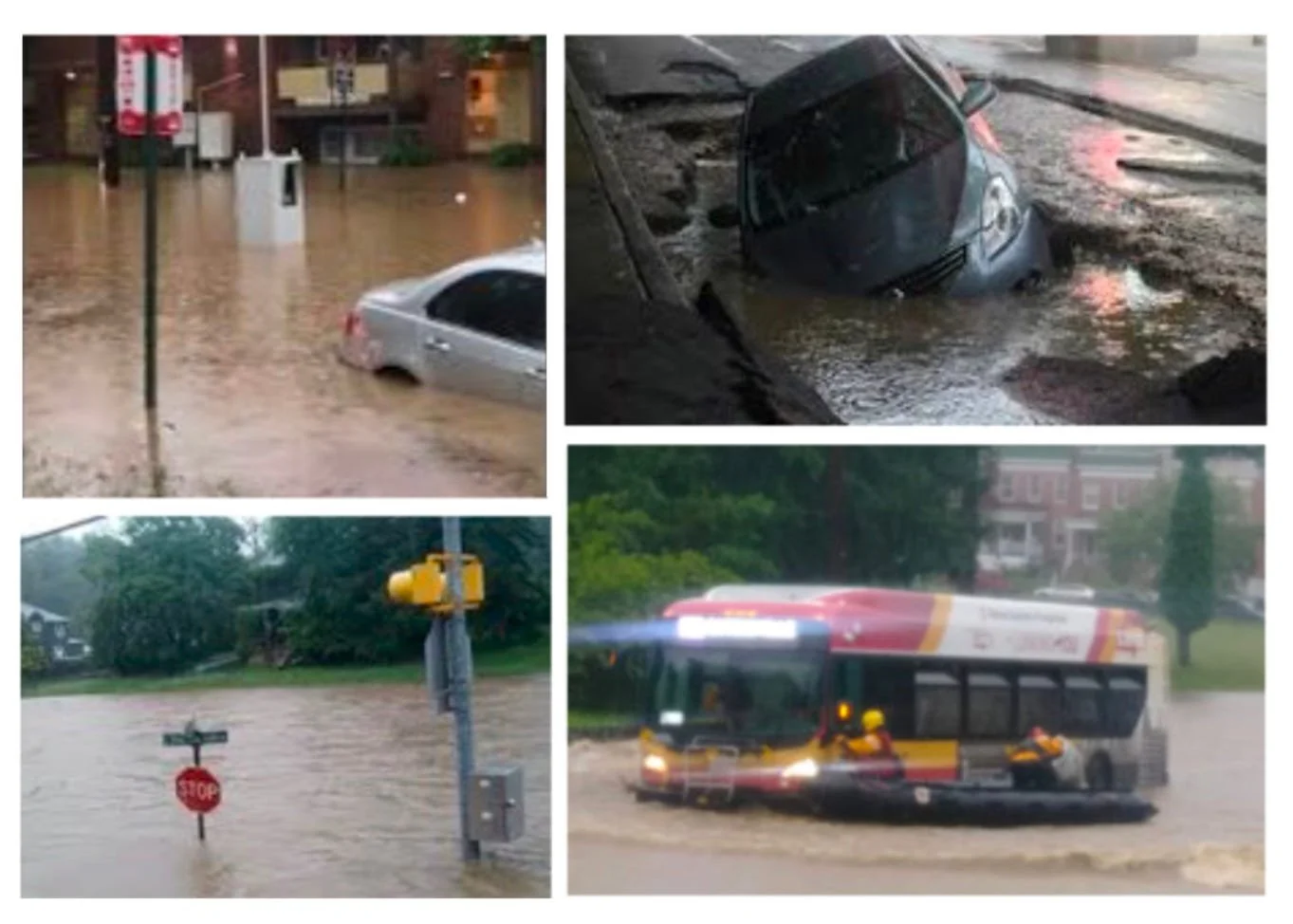Street Notes 4: The Case for (Balti)more Resilience Hubs
by Sonam Velani, Lyn Stoler, & Anson YuA story of our favorite resilience hub yet, live from Baltimore, Maryland.
Driving between Baltimore’s Irvington and Westgate neighborhoods, you might pass right by Stillmeadow Community Fellowship and never think to take a second look. From the outside, the building looks like most other churches in the area. If you’re a keen-eyed observer, you might catch a glimpse of the community garden out front… and… are those solar panels up on the roof? But before you have a chance to check, the church is in the rearview mirror.
But Stillmeadow is like a geode: ordinary on the outside, and a treasure when you take a closer look. It’s one of the first Resilience Hubs in the United States. And today, you’re getting a tour!
But first: what’s a resilience hub?
We see resilience hubs as having two main functions:
Everyday social connection and value
Disaster preparedness, response, and recovery
These two functions are best friends who just can't live without each other.
Let’s begin our tour!
When you first walk into Stillmeadow, it still looks like an average church (We’re taking Anson’s word for this, who went to Vacation Bible School for 3 years. Lyn is Jewish. Sonam is Muslim.) But don’t worry, they open their doors and services to everyone; not just their congregation. We were welcomed by two of Stillmeadow's incredible team members: Yorell Tuck and Kim Cruise.
As you walk into a multi-purpose room and peek behind a set of curtains, you’ll see a huge staging area for the church’s food donation operation. There are hundreds of bags filled with groceries and household items, a pallet of lightbulbs, fans, and other goodies. The bags even have pamphlets with emergency preparedness information! It’s all being prepared by volunteers for a monthly pick-up from local residents.
(And there’s a good deal of overlap between those two groups! Folks who pick up groceries every month become so familiar and comfortable with the staff that they often end up volunteering!)
Kim Cruise (pictured here) manages and organizes the food and supply distribution for the church and resilience hub program!
After leaving the multipurpose room, you can head upstairs to the Stillmeadow PeacePark Learning Center. There, you’ll find colorful rooms filled with children’s books and desks for after-school homework help, a Nature Room to learn about the Peace Park outside, and even a computer room where kids and senior citizens alike can take computer literacy classes.
Yorell Tuck (pictured here) shows Lyn the Stillmeadow PeacePark Learning Center.
When you head outside, the Stillmeadow PeacePark is home to a community garden and 10 acres of urban forest that they maintain with a whole host of partners, from the Audubon Society to the USDA Forest Service. They’ve even collaborated with Turnaround Tuesday to provide urban forestry job training to local community members! (Just think of the co-benefits here: employment, opportunity, urban heat island reduction, biodiversity promotion, carbon capture…. the list goes on!)
Here are some photos from the Stillmeadow PeacePark! You can see these and other photos on their website.
All of these amazing features and activities may not necessarily seem like climate solutions on their face. But they do something really important: they make Stillmeadow a beating heart of the community. Whether you’re the parent of a child in the after-school program or a local resident picking up a grocery bag, you’ll come to know and love Stillmeadow and its people. And when an emergency hits, you’ll know that you can go to them.
This doesn’t just connect people to Stillmeadow; it also connects them with each other. Community members get to know one another, and check in on each other when emergencies happen. (This is no small feat — cities have designed and funded entire programs to accomplish just this piece. New York City’s Be a Buddy program is a great example.) All together, this is the social piece of what makes a resilience hub a resilience hub. And we think it’s the hardest part to get right.
Then, there’s the technical piece.
Getting people to show up to a resilience hub may be the hard part, but you still need to have the resources to keep them safe in an emergency. Luckily, Stillmeadow has all that!
Remember that multipurpose room that we mentioned? Well, if you walk past it towards the back of the church, you’ll find yourself in a hall lined with shelves. The shelves are stacked with everything you’d need in an emergency: walkie talkies, cots, first aid supplies, water, batteries, flashlights, megaphones, and even rope for water rescues during a flood.
Also, can we just take a moment to appreciate Anson’s amazing photography skills?
Around the corner, a pantry is filled with canned foods and three enormous refrigerators and freezers. This room is hooked up to back-up power, so even during a power outage, the fridges can keep food and temperature-sensitive medicine like insulin safe to use.
And now that we’ve mentioned the back-up power, it’s probably a good time to talk about Stillmeadow’s power system. The church has rooftop solar panels that not only power the church, but also feed energy back to the grid during normal operations. Ever since they installed their solar power system, their electricity bills have decreased from $1600 per month to $600!
But during an emergency, their solar power system can keep the church’s lights on, wifi powered, AC and heat running, and refrigerators cold. And if anything happens to the solar panels (let’s say they’re covered in snow, for example), the church’s battery system stores 2.5 days’ worth of power.
Around the back, the church has water cisterns that can store hundreds of gallons of rainwater for outdoor use. Downstairs, they also have showers for those who use it as an evacuation site during emergencies!
Water cisterns at the church hold hundreds of gallons of water that’s kept for outdoor use! Yorell said that they hope to one day install a filtration system so the water can be used indoors as well.
The proof is in the pudding.
Perhaps the most remarkable thing about Stillmeadow is that they haven’t just planned and prepared for climate emergencies. They’ve actually experienced them.
Each summer, Baltimore experiences potentially deadly heat waves. When temperatures peak, the church provides a cool, welcoming space for neighbors that don’t have AC.
Perhaps more dramatically, Stillmeadow’s neighborhood experienced historic flooding in 2018 and 2020, when entire homes were flooded and people rushed to find shelter. When the floods struck, the community was ready. Team Rubicon — who was aiding in disaster response — set up a headquarters at the church, and Stillmeadow became a natural location for people to seek help and shelter.
These are images from Stillmeadow’s neighborhood from the May 2018 flood, which show just how hard the community was hit. Thank you to Stillmeadow and Yorell for sharing these photos with us!
What we learned:
Stillmeadow isn’t keeping their recipe for success a secret. Here are the most important pieces:
Don’t overthink it. Yorell and Kim told us time and again that most of the church’s programming wasn’t part of some grand master plan. They just listened to their community, tried out new initiatives, and expanded the ones that worked!
Make your space fun and welcoming. Whether it’s job training, a vaccine clinic, homework help, a grocery bag, shelter in a storm, or Sunday Mass, everyone in Baltimore has a good reason to know and love Stillmeadow.
Get partners! Stillmeadow has worked closely with the City of Baltimore (they gushed lovingly about Aubrey Germ, the Climate and Resilience Planner at the Baltimore Office of Sustainability) to make the resilience hub a possibility. They also partner with the Maryland Food Bank, and other churches, nonprofits, schools, and funders to scale their impact.
It takes people power, most importantly! Stillmeadow is made possible by all of the volunteers that donate their time and grants that have funded their programs. But you’d be surprised by how much they’ve done with a small, resourceful team!
Technology doesn't exist in a vacuum. Rather, technologies like solar power and batteries make their biggest impact when vulnerable communities are able to shape technological deployment and use. Though that isn't standard practice, Stillmeadow has done a beautiful job of it, and offers a model for others to do the same as well!
There are SO many co-benefits. Instead of listing them all out, we drew you a little picture so you can compare the services offered by the resilience hub with their co-benefits.
Your call to action:
Volunteer your time at a resilience hub. People are the most important piece of resilience hubs!
Advocate for and help organize a resilience hub in your local community! This can be at a church, community center, library — anywhere, really! There are helpful guides at the Urban Sustainability Directors Network website, and your local city officials should be a resource and partner in that process. (And for our readers who are city policymakers, you can get the ball rolling too!)
Fund these types of projects! We know that a lot of you readers are funders. If that’s you, we think you should give your money to Stillmeadow and other resilience hubs, because they’re awesome. If you’re interested in supporting Stillmeadow’s work, please reach out to us at hello@parachute.earth and we will connect you. They have an ambitious wish list of projects that we want to see funded!
Location check: Lyn and Anson will be doing some more site visits, interviews, and filming in Los Angeles, Long Beach, San Francisco, and the East Bay for the next week. Reach out at hello@parachute.earth if you have thoughts on who we should meet and what we should cover! Sonam will be giving a talk at a Women of Color Advancing Peace, Security, and Conflict Transformation event on January 13, highlighting the importance of resilient infrastructure in advancing community development and career opportunities in this space. We need more of us fighting the good fight - join us if you’re interested!
Special thanks to Yorell and Kim for showing us around, and to Pastor Michael for opening up this space for us to visit!
Also thank you to our beloved friend Morgan Mahlock, who shared excellent food recommendations around town!
by Sonam Velani, Lyn Stoler, & Anson Yu